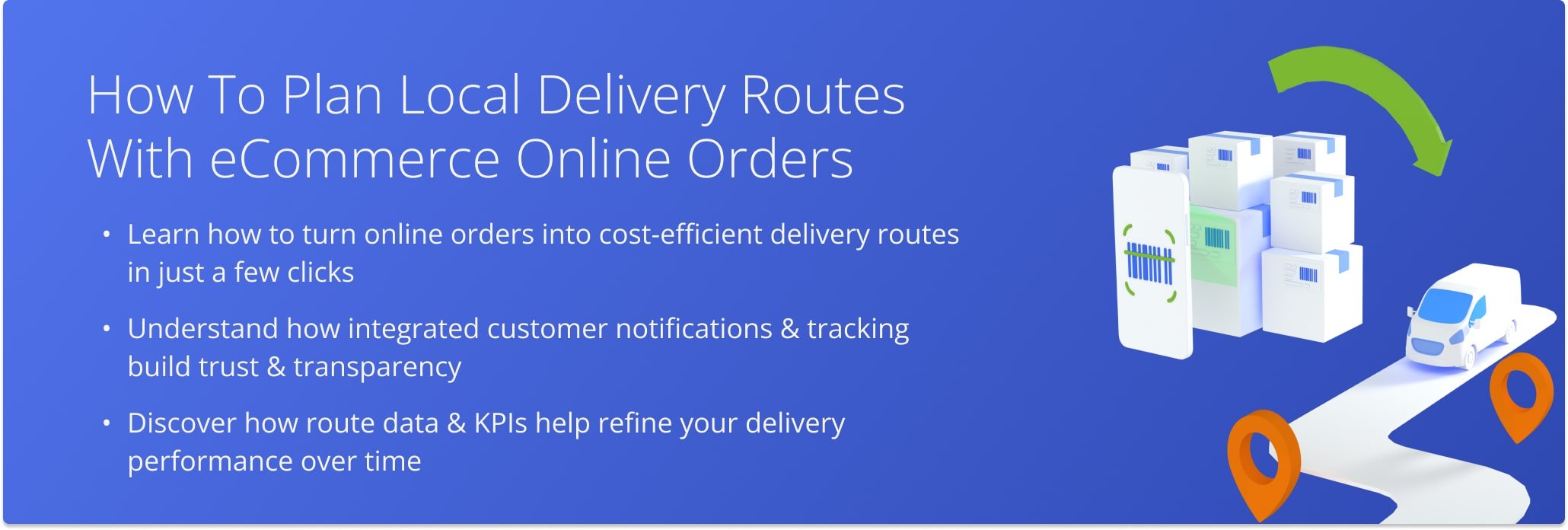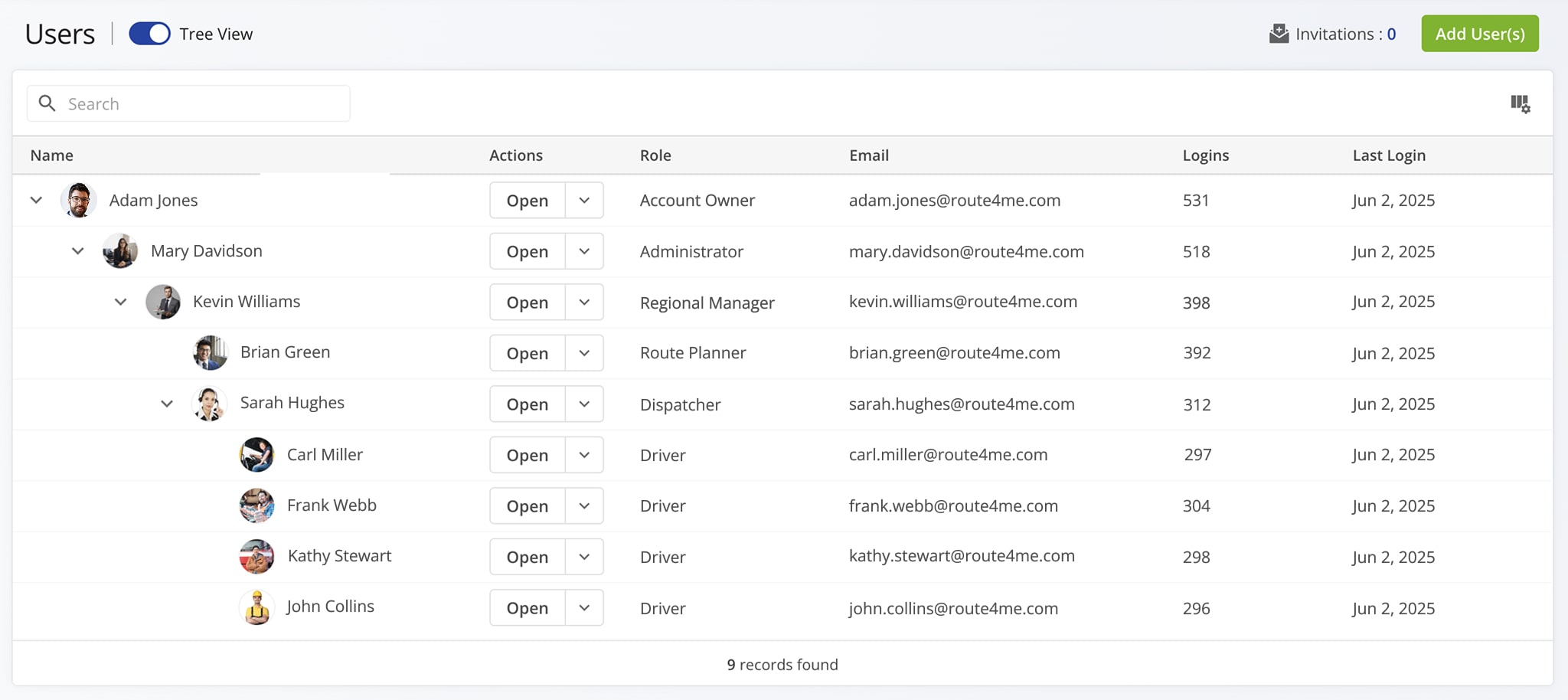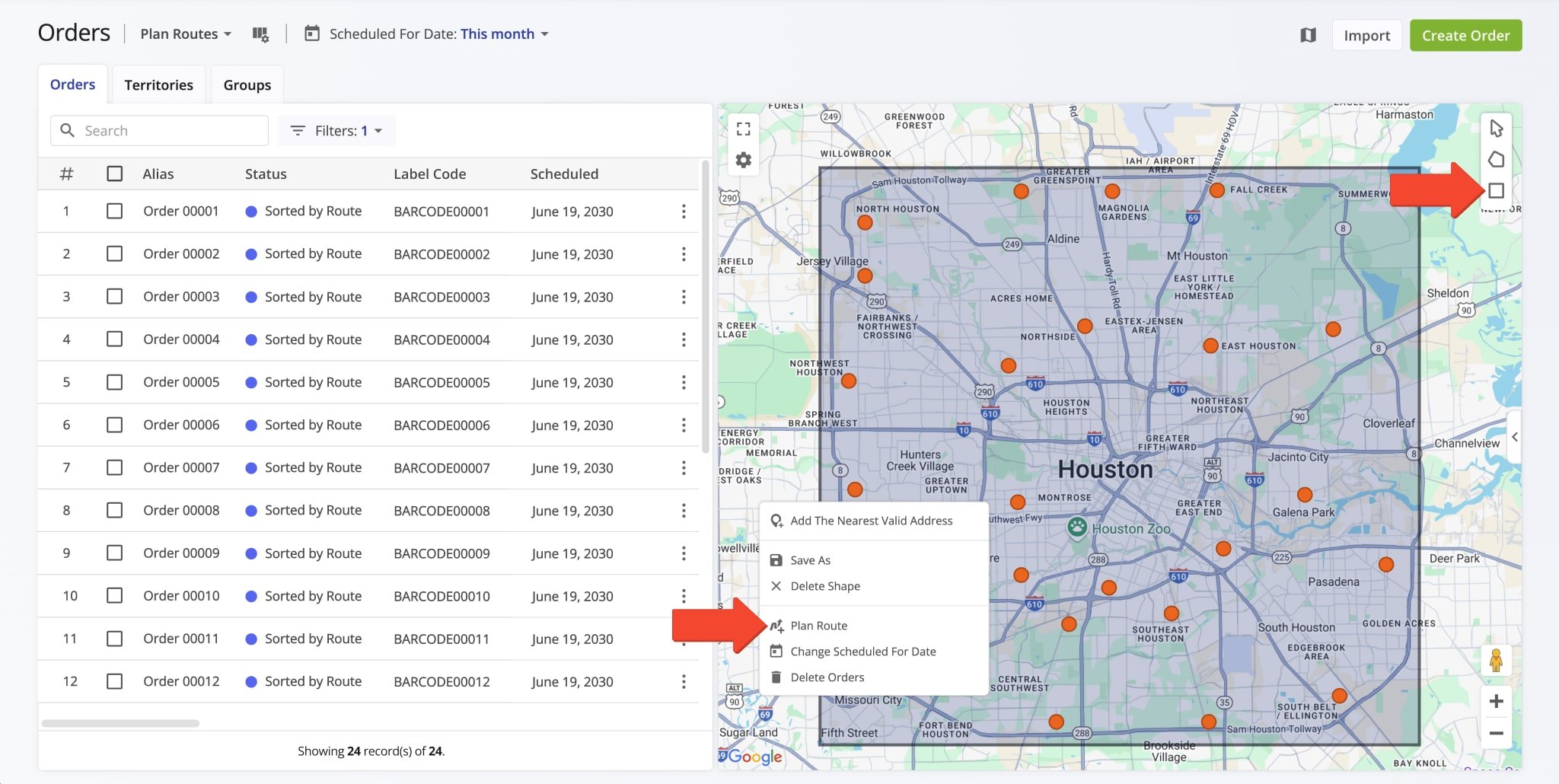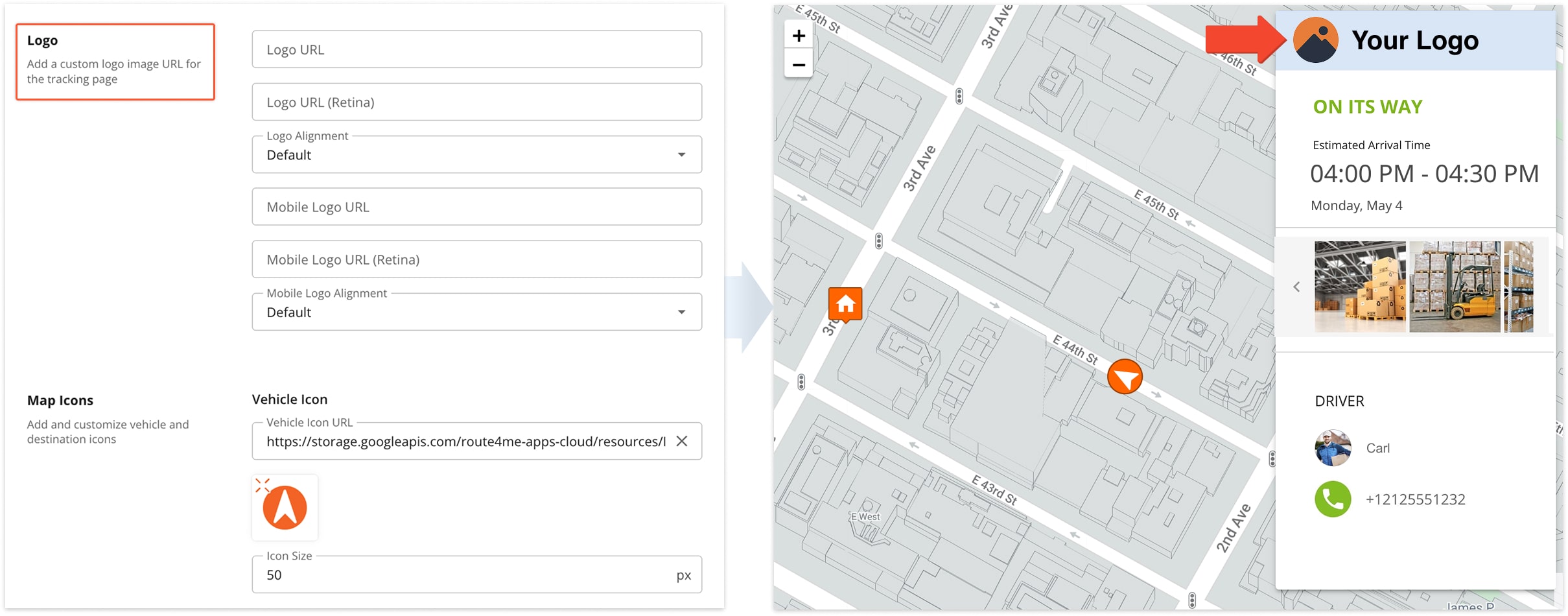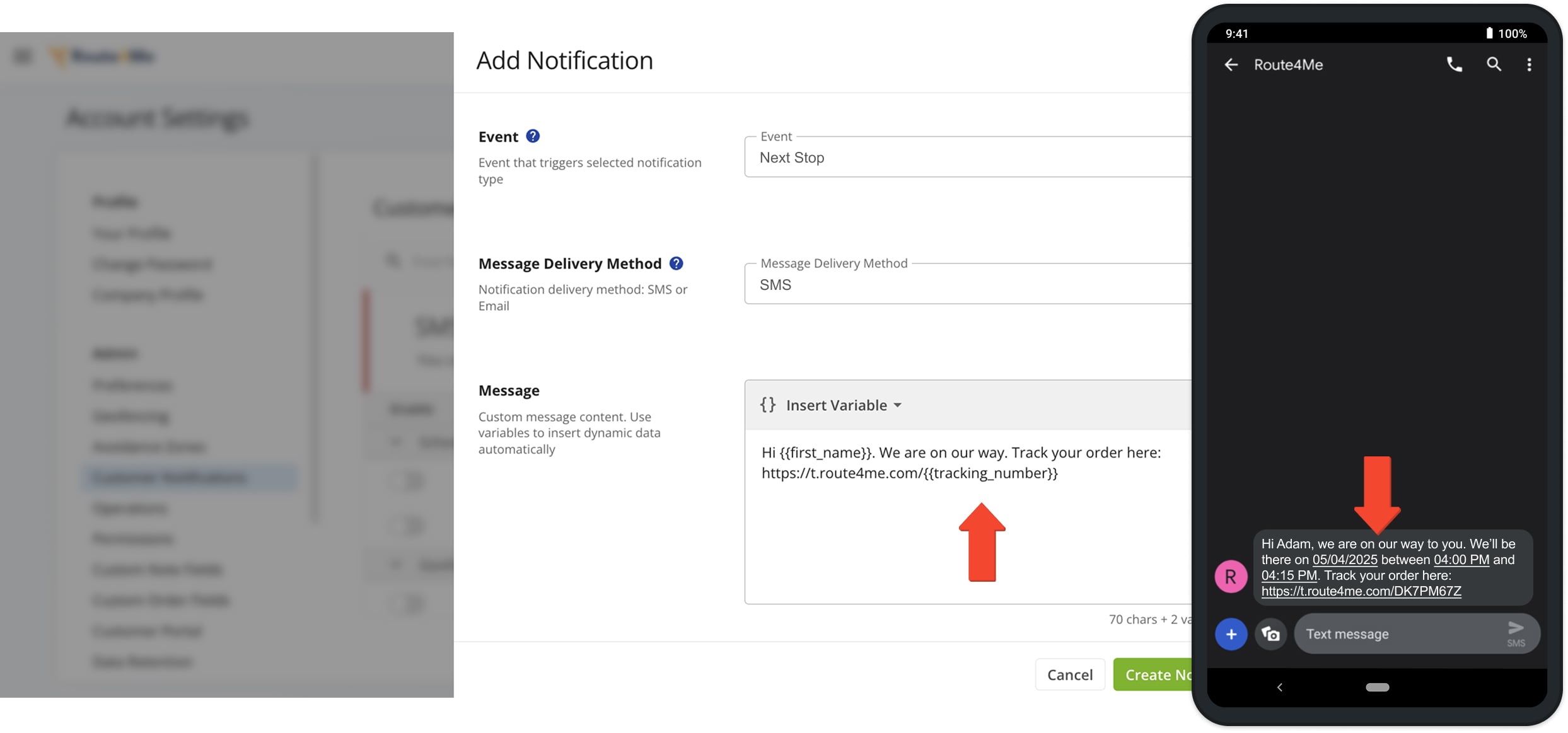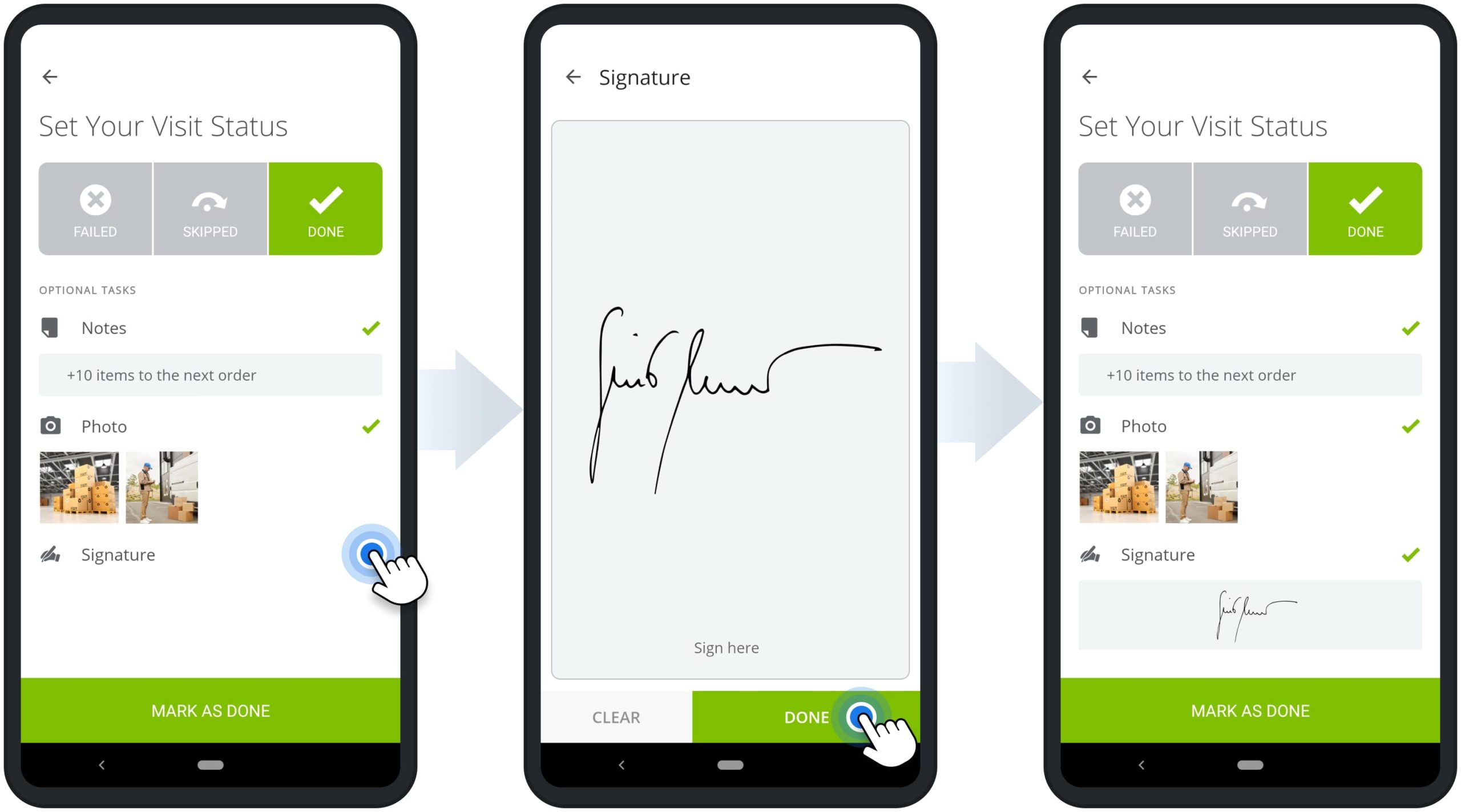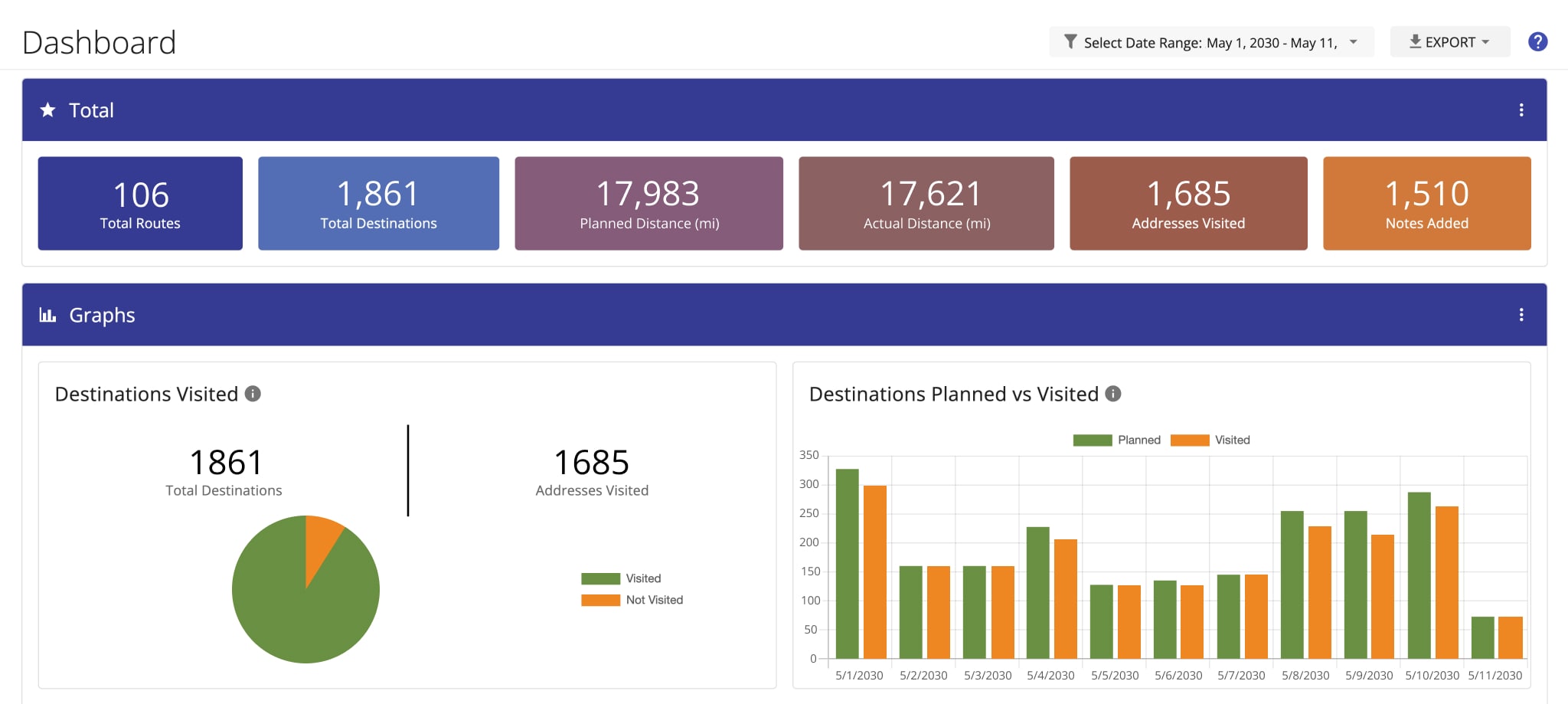How To Plan Local Delivery Routes With eCommerce Online Orders
Efficient local delivery is critical to the success of eCommerce businesses competing with major carriers like Amazon and UPS. Poorly planned routes lead to higher costs, delayed deliveries, and customer churn. With the right route planner for eCommerce, you can automate order syncing, optimize routes in minutes, and offer real-time tracking. From Shopify to WooCommerce, Magento to BigCommerce, Route4Me helps you simplify the entire eCommerce delivery process, from order import to routing and scheduling to final drop-off.
Table of Contents
Why Fast Local Delivery Matters For eCommerce Customers
Customer expectations for fast, reliable delivery keep rising, driven by industry leaders like Amazon, UPS, and USPS. To compete, eCommerce businesses need highly efficient local delivery routes. Poor route planning can increase shipping costs, cause late deliveries, and damage customer satisfaction.
Slow delivery often leads to canceled orders. According to Tinuiti.com, over 40% of potential online sales are lost due to high shipping costs, and nearly 25% of customers will cancel an order if delivery isn’t fast enough. Optimizing local delivery routes helps prevent these losses and keeps customers happy.
Shopify Local Delivery Options
Some Shopify store owners can use the Shopify Local Delivery app to manage order fulfillment, provided they meet certain criteria:
- Up to 20 delivery locations
- Customers pay with Shop Pay
- Delivery addresses are within the same state or province as the store
- Inventory at each location can fulfill entire orders
When eligible, Shopify’s Local Delivery app makes it easy to manage delivery locations, order lists, and optimize delivery routes within the platform.
If your business exceeds these limits or requires more advanced route planning, Route4Me, the best route planner software for eCommerce stores, can handle complex local delivery needs, streamline operations, and optimize routes for multiple drivers, vehicles, and delivery schedules.
How to Plan Routes for Local Delivery With a Route Planner
Route4Me‘s business route optimization software makes route planning and dispatching local delivery routes fast, efficient, and accurate. Follow these 9 steps to streamline your eCommerce deliveries:
1. Integrate Your eCommerce Platform With Your Route Planner
Connect your store to Route4Me to sync customer orders automatically. Supported platforms include Shopify, WooCommerce, Magento, and Big Commerce, ensuring all delivery addresses are ready for routing.
2. Add Delivery Drivers And Fleet Vehicles To Your Route Planner
Create a detailed team structure for your eCommerce business. Route4Me allows helps you create roles and customizable visibility settings for dispatchers, route planners, regional managers, delivery drivers, administrators, and analysts. You can also add vehicles with their capacities, loading limits, and schedules to optimize route planning.
3. Map Online Orders And Optimize Routes
Visualize orders on the map using Route4Me’s business routing api and group them into territories. Plan routes by considering team availability, customer time windows, vehicle carrying and loading capacity, workload, and number of depots. With these optimization constraints, you can efficiently sequence deliveries, balance resources, and maximize overall route performance.
4. Dispatch Local Delivery Routes To Delivery Drivers
Send optimized local delivery routes directly to your drivers’ iOS or Android route planner apps. Drivers get accurate voice-guided turn-by-turn driving directions and can mark stops as visited, departed, or delayed.
5. Customize Your Track & Trace Customer Portal
Brand your customer portal with your company logo to maintain a professional appearance. Customers can track deliveries in real time through your portal.
6. Send Delivery Alerts And Notifications To Customers
Keep customers informed with SMS or email notifications. Automated delivery alerts and customer notifications reduce inquiries and improve customer satisfaction by providing real-time updates on order status.
7. Collect Electronic Proof of Delivery (ePOD)
Collect paperless POD in multiple formats, including eSignatures (Sign on Glass), images, audio recordings, video recordings, or text. This ensures compliance, reduces disputes, and keeps all delivery confirmations digital and easily accessible.
8. Track Driver Progress In Real Time
Use Route4Me, the quickest truck routing software, to monitor driver locations on a live map or review tracking history video. Quickly identify delays, detours, or idle time to ensure efficiency and keep drivers aligned with planned local delivery routes.
9. Analyze KPIs And Local Delivery Metrics
Measure planned vs. actual distance, planned vs. actual visited stops, planned vs. actual route time, and POD files collected. Route4Me’s route analytics and KPI dashboard provides actionable insights to improve route efficiency, reduce costs, and boost customer satisfaction.
Last Updated:
